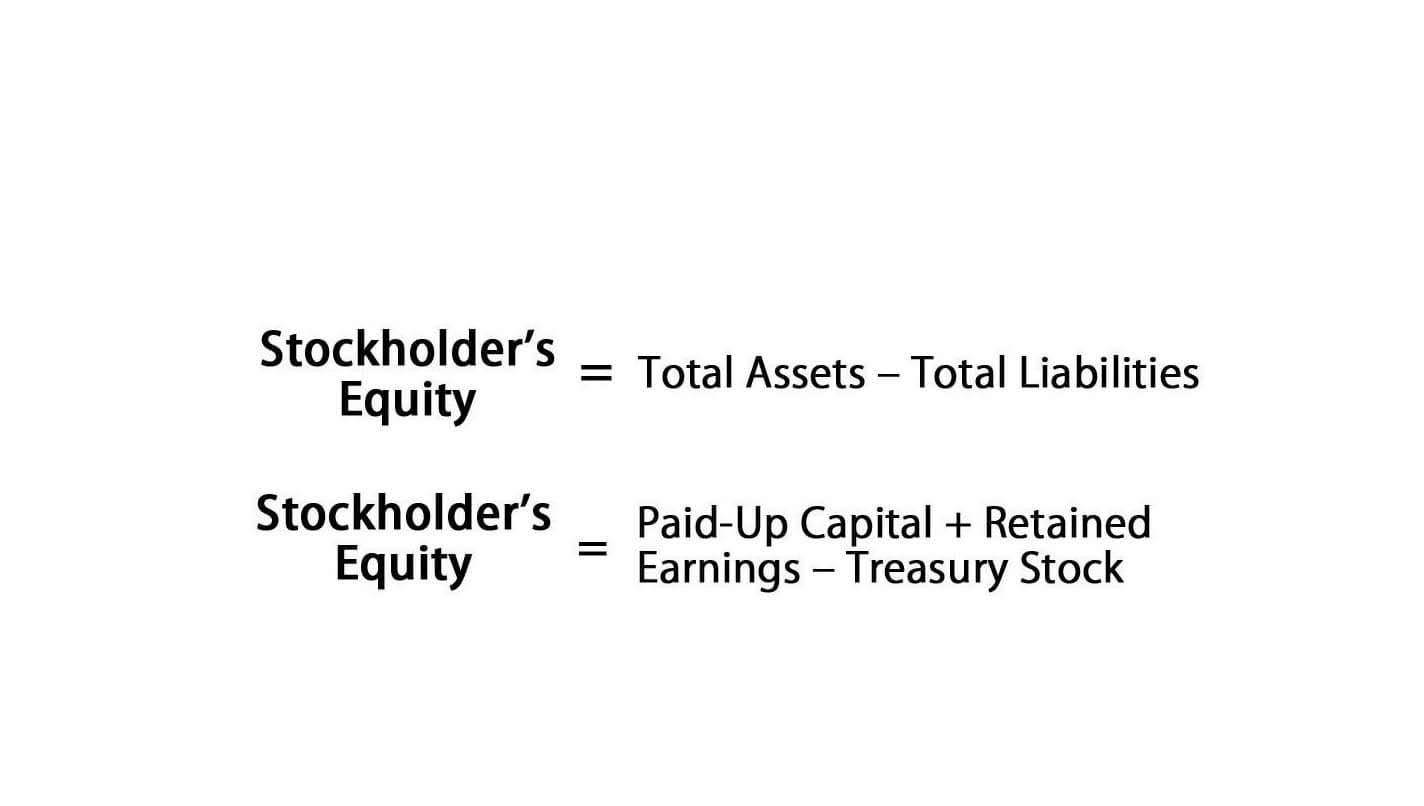
If the investor only puts 20% down, they borrow the remaining 80% of the cost to acquire the property from a lender. Then, the investor attempts to rent the property out, using rental income to pay the principal and debt due each month. If the investor can cover its obligation by the income it receives, it has successfully utilized leverage to gain personal resources (i.e. ownership of the house) and potential residual income.
For example, Apple (AAPL) issued $4.7 billion of Green Bonds for the third time in March 2022. By using debt funding, Apple could expand low-carbon manufacturing and create recycling opportunities while using carbon-free aluminum. A strategy like this works when greater revenue is generated compared to the cost of the bonds. The goal of DFL is to understand how sensitive a company’s EPS is based on changes to operating income.
Altus Group Enters into Agreement to Purchase SitusAMC’s Commercial Real Estate Valuation Services Business
However, the finance manager should carefully consider the situation and make a decision that enhances the benefits to shareholders. This is because there may not be enough sales revenue to cover the interest payments.
- It compares the financial loan given to the borrowing company’s ability to repay the loan.
- Leverage is used as a funding source when investing to expand a firm’s asset base and generate returns on risk capital; it is an investment strategy.
- In this way, there would be enough financial room to repay the loan while enjoying the subsequent capital profits from the purchased asset.
- The formulas above are used by companies that are using leverage for their operations.
- The Review Board comprises a panel of financial experts whose objective is to ensure that our content is always objective and balanced.
- Banks may decline to renew mortgages when the value of real estate declines below the debt’s principal.
For companies with a high debt-to-equity ratio, lenders are less likely to advance additional funds, since there is a higher risk of default. While leverage magnifies profits when the returns from the asset more than offset the costs of borrowing, leverage may also magnify losses. A corporation that borrows too much money might face bankruptcy or default during a business downturn, while a less-leveraged corporation might survive. An investor who buys a stock on 50% margin will lose 40% if the stock declines 20%.;[7] also in this case the involved subject might be unable to refund the incurred significant total loss. Although interconnected because both involve borrowing, leverage and margin are different. While leverage is the taking on of debt, margin is debt or borrowed money a firm uses to invest in other financial instruments.
Financial crisis of 2007–2008
The financial leverage ratio is an indicator of how much debt a company is using to finance its assets. A high ratio means the firm is highly levered (using a large amount of debt to finance its assets). Leverage can be especially useful for small businesses and startups that may not have a lot of capital or assets. By using small business loans or business credit cards, you can finance business operations and get your company off the ground until you start earning profits. When you take out a loan or a line of credit, the interest payments are tax-deductible, making the use of leverage even more beneficial. Increased amounts of financial leverage may result in large swings in company profits.
Operating leverage, on the other hand, doesn’t take into account borrowed money. Companies with high ongoing expenses, such as manufacturing firms, have high operating leverage. High operating leverages indicate that if a company were to run into trouble, it https://www.bookstime.com/ would find it more difficult to turn a profit because the company’s fixed costs are relatively high. There is a suite of financial ratios referred to as leverage ratios that analyze the level of indebtedness a company experiences against various assets.
Great! The Financial Professional Will Get Back To You Soon.
If the funds are raised by preference shares, despite not carrying a fixed interest charge, they carry the fixed dividend rate. Find out financial leverage is described as more about real estate co-investment opportunities at RealVantage. There are several upsides and downsides to using financial leverage.
- Equity refers to the shareholder’s equity (the amount that shareholders have invested in the company) plus the amount of retained earnings (the amount that the company retained from its profits).
- The most obvious indicator of too much leverage is an inability to pay off debts.
- In addition, this will be a good barometer to where PIMCO thinks a sustainable distribution is and will be a tell for where they POTENTIALLY could adjust other, similar funds down the road.
- For investors looking to take the plunge with others, online real estate crowdfunding might be the next big thing.
When one refers to a company, property, or investment as “highly leveraged,” it means that the item has more debt than equity. Margin allows investors to borrow money from a broker for a fixed interest rate, in order to purchase securities, options, or futures contracts. Like any investor, margin borrowers anticipate receiving higher returns than the interest they are paying. However, if the lenders agree to advance funds to a highly leveraged, or a deeply indebted firm, it will lend at the highest interest rate possible to compensate for the higher risk of default that’s involved. Companies can use cash on hand (equity), take on debt (leverage), or by leasing the asset (renting).
Stock Volatility
Examples of financial leverage usage include using debt to buy a house, borrowing money from the bank to start a store and bonds issued by companies. Financial leverage is important as it creates opportunities for investors. That opportunity comes with risk, and it is often advised that new investors get a strong understanding of what leverage is and what potential downsides are before entering leveraged positions. Financial leverage can be used strategically to position a portfolio to capitalize on winners and suffer even more when investments turn sour. The DFL is calculated by dividing the percentage change of a company’s earnings per share (EPS) by the percentage change in its earnings before interest and taxes (EBIT) over a period.

This is a particular problem when interest rates rise or the returns from assets decline. The same issue arises for an investor, who might be tempted to borrow funds in order to increase the number of securities purchased. If the market price of the security declines, the lender will want the investor to repay the loaned funds, possibly resulting in the investor being wiped out. Financial leverage is the use of a debt to acquire additional assets. A firm that operates with both high operating and financial leverage can be a risky investment.
Alternatively, the company may go with the second option and finance the asset using debt. Instead, the asset is purchased with a loan that consists of lower monthly payments of $5,000 made over a 20-month repayment period. It’s not that different from your standard car loan, except on a larger scale. Offer pros and cons are determined by our editorial team, based on independent research.
